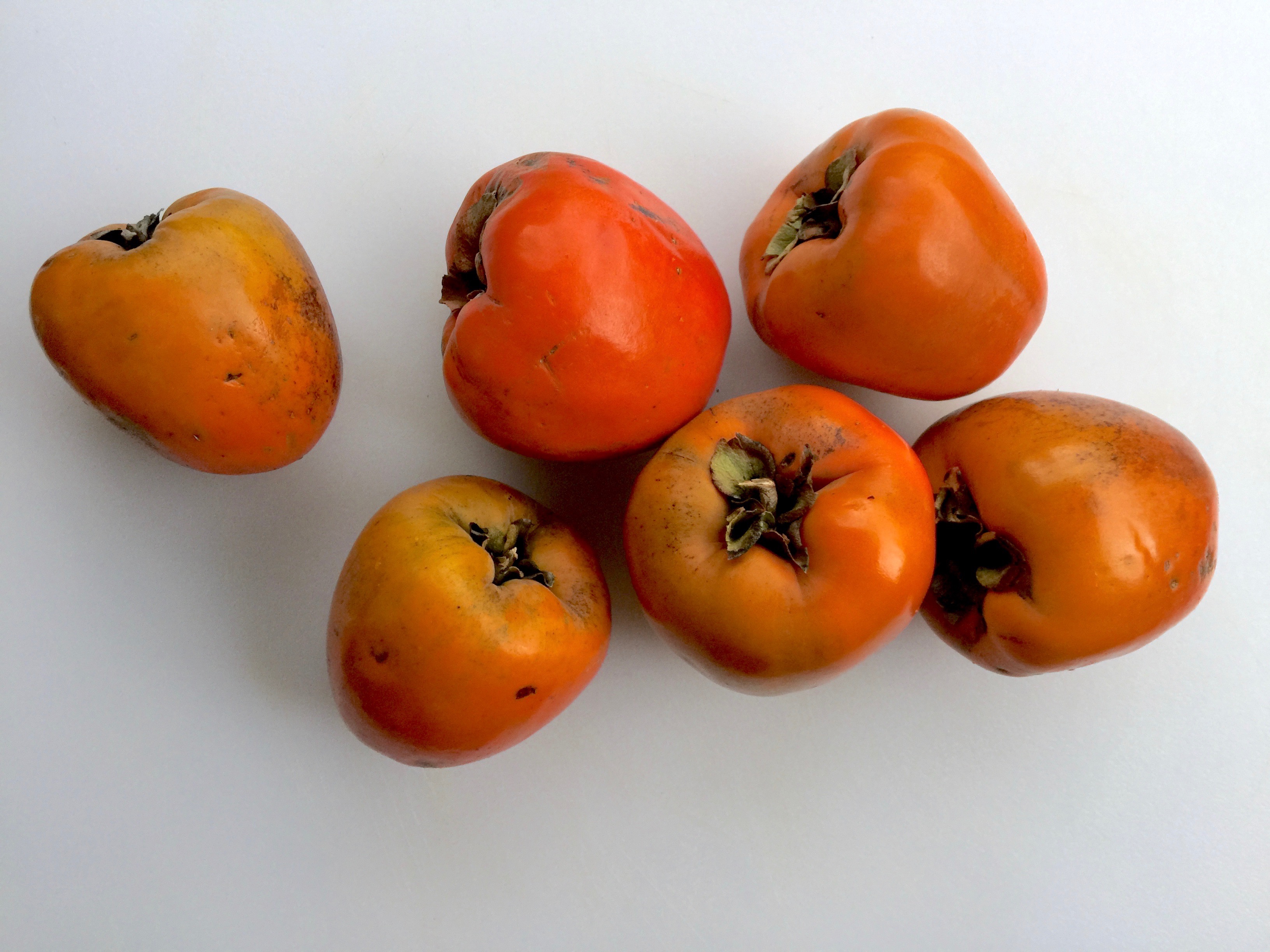
What to do with in-season persimmons this month
Here’s some news you’ll find either inspiring or paralyzing: Backyard persimmons are in season. Has your neighbor brought you a bag yet?
If you’re used to working with Hachiya persimmons (the ones commonly found around here), then you know you have to wait for them to ripen considerably before cooking with them. If you don’t, you’re facing fruit that’s full of acerbic tang.
Like the other main variety consumed in the United States, the Fuyu, Hachiya persimmons are native to Asia. They need to be so ripe before you eat them that it’ll feel like you’re holding a water balloon. Weird, we know. One of the easiest ways to extract the flesh from the fruit is to remove the stem on top, and use a spoon to scoop out the gelatinous flesh inside, avoiding the skin. Messy, indeed, but worth it. Here’s some more cool intel on this emblematic fall fruit.
|
|
The Hachiya persimmon’s sweet flavor and loose consistency makes it great for baking, especially in a dense tea bread with candied ginger and chopped walnuts to cut through the sweetness.
Read on for the recipe and more ideas from 225 food writer Maggie Heyn Richardson. This story originally appeared in an October 2018 edition of 225 Dine.
|
|
|

